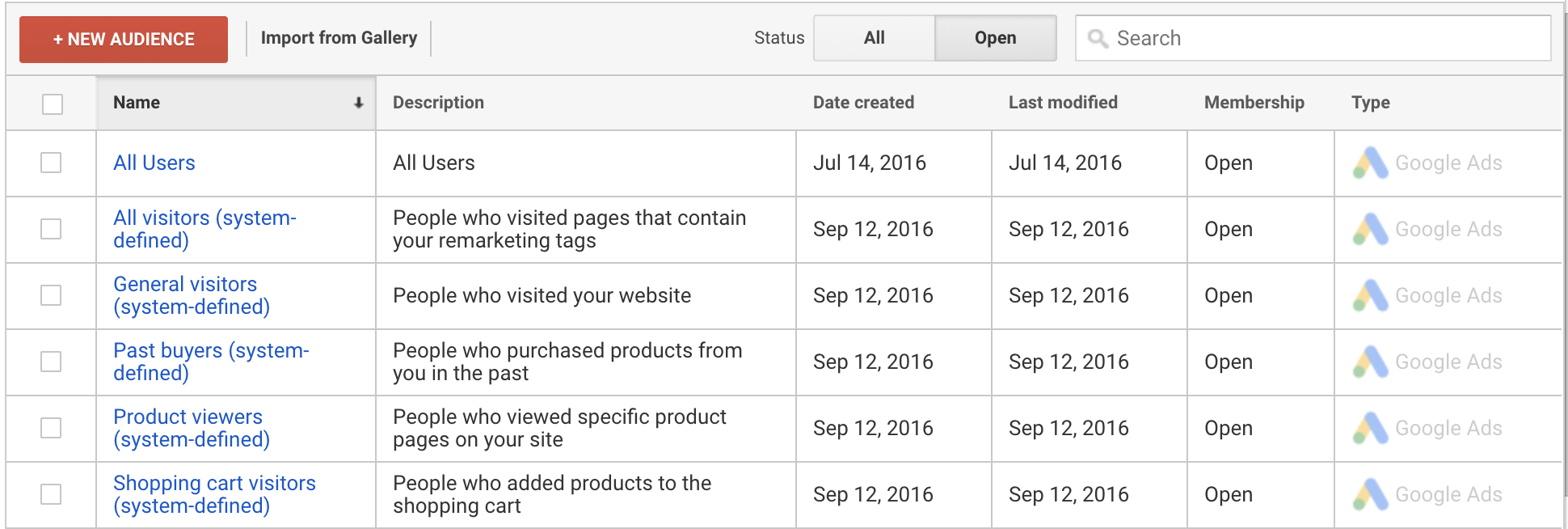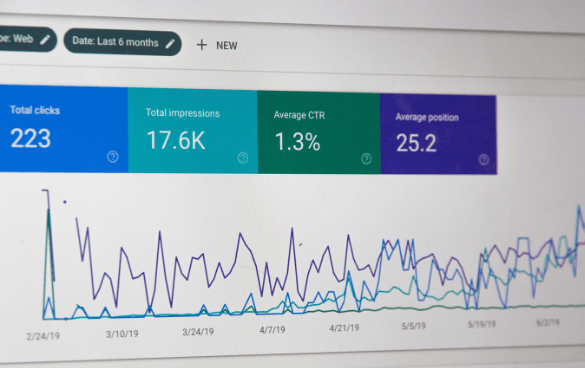A Total Overview to Remarketing In Google Analytics
Wiki Article
Harnessing Remarketing in Google Analytics: A Comprehensive Guide
Utilizing remarketing in Google Analytics uses services a tactical side in reaching out to possible customers. This guide will certainly drop light on the essential steps entailed in using the complete capacity of remarketing in Google Analytics, leading to improved marketing end results.Understanding Remarketing in Google Analytics
Remarketing in Google Analytics enables companies to purposefully target users who have actually previously engaged with their web site or mobile application. By leveraging data from Google Analytics, businesses can develop personalized remarketing lists based on user habits, such as web pages checked out, activities taken, or specific goals achieved. This effective device enables organizations to re-engage with customers who have actually revealed passion in their products or services, inevitably increasing the likelihood of conversion.Understanding the various sorts of remarketing approaches is important for a successful campaign - What Is “Remarketing” In Google Analytics?. Google Analytics uses different choices, consisting of conventional remarketing, dynamic remarketing, and remarketing checklists for search advertisements (RLSA) Each kind offers an one-of-a-kind objective and can be customized to satisfy certain marketing goals
Furthermore, analyzing the efficiency of remarketing projects is necessary for optimizing results. Google Analytics provides important insights right into the effectiveness of different remarketing methods, allowing companies to make data-driven decisions and improve their targeting method. By continuously changing and keeping track of remarketing initiatives based upon analytics information, companies can take full advantage of ROI and drive success in their advertising and marketing efforts.
Establishing Remarketing Projects

After establishing target market checklists, the next action is to connect Google Analytics with Google Ads. By connecting these two systems, companies can perfectly move target market checklists from Google Analytics to Google Ads for remarketing objectives. This assimilation permits for more specific targeting and far better project performance.
When the accounts are linked, services can create remarketing projects in Google Advertisements utilizing the target market provides previously defined in Google Analytics. These campaigns can be customized with specific ad creatives, messaging, and bidding process strategies to effectively re-engage with previous site visitors and drive conversions. By adhering to these actions, companies can take advantage of the power of remarketing to boost their advertising initiatives and raise ROI.
Utilizing Audience Division Approaches

Predefined sectors in Google Analytics permit you to swiftly assess usual audience categories like new individuals, returning individuals, or individuals that completed a specific objective on your website. Custom sectors, on the other hand, enable you to develop unique sectors based upon certain requirements that are very important to your business objectives. Dynamic remarketing listings instantly change based on customer behavior, revealing personalized ads to users who have interacted with your site particularly methods.
Analyzing Remarketing Performance Metrics
Upon examining the effectiveness of remarketing projects in Google Analytics, the evaluation of vital performance metrics provides important insights into audience interaction and conversion prices. By diving right into metrics such as click-through rates (CTR), conversion prices, expense per acquisition (CPA), and return on advertisement spend (ROAS), marketing experts can evaluate the success of their remarketing efforts. CTR shows the portion of users that clicked the ad after seeing it, reflecting the advertisement's importance and charm. Conversion rates hop over to here gauge the portion of individuals who completed a desired action, such as making a purchase, after clicking the advertisement. CPA exposes the typical expense sustained for each and every conversion, aiding examine campaign profitability. ROAS, on the various other hand, quantifies the income generated for each buck invested in advertising. Assessing these metrics enables marketing experts to enhance projects, refine target market targeting, and assign budgets successfully to enhance general remarketing efficiency.Enhancing Remarketing Methods
When refining remarketing approaches in Google Analytics, concentrating on target market segmentation is critical for achieving campaign success. By separating your audience into details segments based on their actions, demographics, or interests, you can customize your advertisements extra effectively to each group. This targeted approach increases the possibility of involving individuals who have actually already revealed rate of interest in your product and services, leading to higher conversion prices.One more vital facet of enhancing remarketing methods is continuously testing and refining your projects (What Is “Remarketing” In Google Analytics?). A/B testing different ad creatives, messaging, or deals can aid you recognize what reverberates best with your audience and drives one of the most conversions. By assessing the performance of these tests in Google Analytics, you can make you could check here data-driven choices to enhance your remarketing initiatives further
Moreover, leveraging vibrant remarketing can substantially improve your project results. This function permits you to show personalized advertisements to users based on their past interactions with your internet site, showcasing services or products they have actually previously seen. By supplying tailored web content to users based on their passions and behaviors, dynamic remarketing can help raise involvement and drive conversions.
Conclusion
In verdict, harnessing remarketing in Google Analytics is a strategic strategy to target customers who have previously engaged with a web site. By creating personalized audience checklists and utilizing audience segmentation strategies, services can maximize remarketing advocate increased conversion prices. Evaluating efficiency metrics and continually maximizing strategies are additional resources important for making the most of the effectiveness of remarketing efforts.Google Analytics uses different choices, including conventional remarketing, dynamic remarketing, and remarketing lists for search advertisements (RLSA)After setting up target market listings, the next action is to connect Google Analytics with Google Advertisements. By connecting these two platforms, services can flawlessly move target market lists from Google Analytics to Google Advertisements for remarketing objectives.Once the accounts are connected, organizations can create remarketing projects in Google Ads utilizing the audience notes previously defined in Google Analytics.When refining remarketing strategies in Google Analytics, focusing on target market segmentation is paramount for accomplishing campaign success.
Report this wiki page